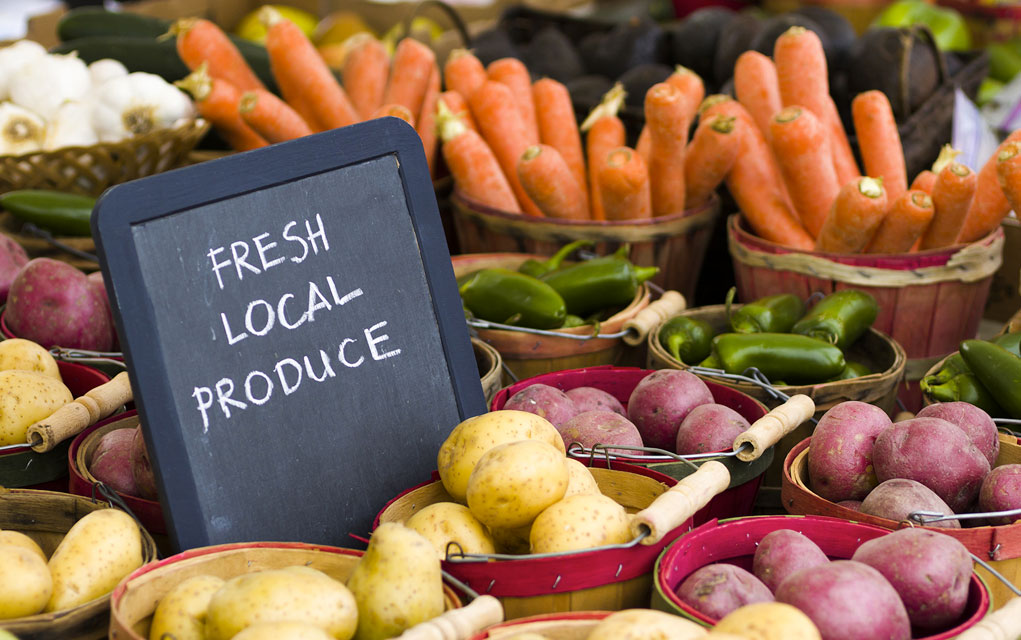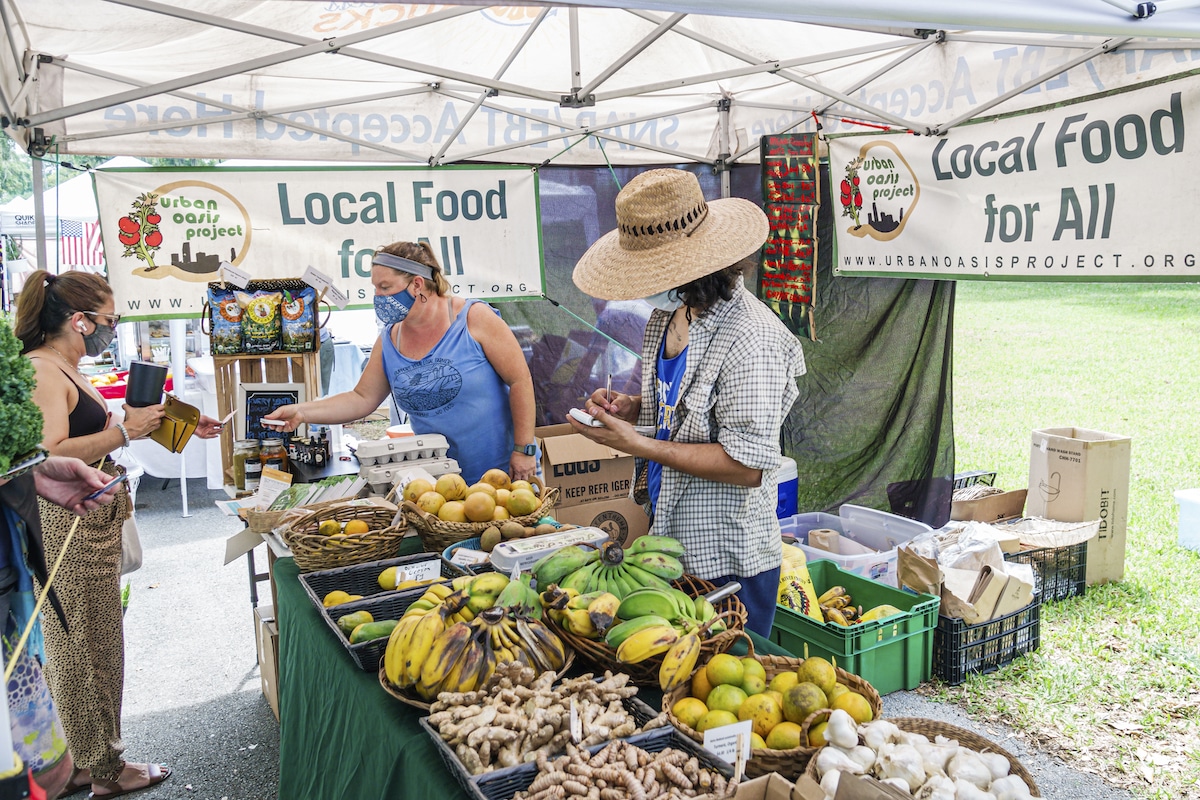In an increasingly visual world, few categories capture human attention and imagination quite like food and drink. From the simple snap of a home-cooked meal shared with friends to the meticulously styled campaign ad from a global beverage giant, photos of what we consume have become a universal language. They transcend cultural barriers, evoke powerful emotions, and drive billions in commerce. This article delves into the fascinating duality of food and drink photography: the authentic, often spontaneous imagery captured by local enthusiasts and consumers, and the polished, strategic visuals produced by companies. We will explore their unique roles, shared goals, dynamic interplay, and the profound impact they have on our culinary perceptions and choices.
The Allure of Local & User-Generated Content (UGC)
The rise of smartphones and social media platforms has democratized food and drink photography, transforming every meal into a potential visual story. "Local" food and drink photos, often synonymous with User-Generated Content (UGC), are the candid, unfiltered, and deeply personal snapshots shared by everyday consumers. These images populate Instagram feeds, TikTok reels, Yelp reviews, Google Maps contributions, and countless food blogs.
What Makes UGC So Powerful?
- Authenticity and Trust: In an era of polished advertising, UGC offers a refreshing dose of reality. When a friend posts a photo of a delicious pasta dish from a local trattoria, or a fellow diner shares a vibrant cocktail from a new bar, it carries an inherent level of trust that traditional advertising often struggles to achieve. It’s a peer recommendation, a real-world endorsement that resonates deeply with potential customers.
- Relatability: Local photos often feature relatable scenarios: a messy burger, a slightly imperfect but clearly delicious homemade dessert, or a group of friends clinking glasses. This relatability fosters a sense of connection and makes the experience feel attainable and inviting.
- Discovery and Exploration: UGC is a primary driver of culinary discovery. People scroll through hashtags like #bostonfoodie or #londoncoffee, explore geotags, or follow local food influencers to uncover hidden gems, new menu items, or trendy spots recommended by their community.
- Community Building: Sharing food photos is inherently social. It sparks conversations, invites recommendations, and creates online communities around shared culinary interests. From local Facebook groups dedicated to restaurant reviews to global foodie forums, UGC fuels this interactive ecosystem.
- Unfiltered Perspectives: While professional photography aims for perfection, UGC embraces imperfections. A slightly blurry but genuinely exciting shot of a sizzling fajita, or a perfectly captured moment of enjoyment, can convey more emotion and realness than a perfectly lit studio shot.
For businesses, UGC is invaluable free marketing. It provides social proof, expands their reach exponentially, and offers genuine testimonials. Savvy companies actively encourage and curate UGC, understanding that a vibrant stream of customer photos is a testament to their popularity and quality.
The Strategic Imperative of Company & Professional Imagery
In stark contrast to the spontaneous nature of UGC, company food and drink photos are meticulously planned, expertly executed, and strategically deployed. These are the high-resolution, perfectly lit, and exquisitely styled images found on restaurant websites, brand packaging, advertising campaigns, menus, and official social media channels.
What Defines Company Photography?
- Branding and Identity: Professional food photography is a cornerstone of brand identity. It communicates the essence of a restaurant, the quality of a product, or the lifestyle associated with a beverage. A Michelin-starred restaurant will employ photography that exudes elegance and sophistication, while a fast-casual chain might opt for bright, dynamic, and accessible imagery.
- Quality and Aspiration: These photos are designed to highlight quality, freshness, and craftsmanship. Every ingredient is perfect, every garnish precisely placed, every droplet sparkling. They aim to create desire, to make the viewer not just want the food or drink, but to aspire to the experience it represents.
- Marketing and Sales: Company photos are direct sales tools. A mouth-watering image on a menu can significantly influence ordering decisions. A compelling ad campaign featuring an irresistible product shot can drive purchases. They are designed to convert interest into revenue.
- Consistency and Control: Companies invest heavily in professional photography to ensure consistency across all their marketing channels. This maintains a coherent brand image and ensures that customers know exactly what to expect.
- Aesthetic Excellence: Professional food photographers, stylists, and art directors are masters of their craft. They understand lighting, composition, color theory, and storytelling. They can transform a simple dish into a work of art, making it look as delicious as it tastes (or even more so).
This type of photography is a significant investment, involving elaborate setups, specialized equipment, and often food stylists who use various techniques (some of them non-edible) to make food look its absolute best for the camera.
The Dynamic Interplay: A Symbiotic Relationship
While seemingly distinct, local and company food and drink photos are not isolated entities. They exist in a dynamic, symbiotic relationship, constantly influencing and reinforcing each other.
- Companies Leverage UGC: Businesses actively encourage customers to share their experiences. They run contests, create dedicated hashtags, and repost compelling UGC on their official channels, giving customers recognition and amplifying authentic voices. This not only provides free marketing but also signals to potential customers that real people love their products.
- UGC Informs Company Strategy: The trends emerging from UGC can provide invaluable insights for companies. What dishes are being photographed most? What angles are popular? What experiences are customers seeking? This feedback can influence menu development, plating styles, and even marketing campaigns.
- Companies Design for UGC: Many modern restaurants and food brands consciously design their spaces, plating, and products to be "Instagrammable" or "TikTok-worthy." Think vibrant smoothie bowls, elaborate cocktail presentations, or uniquely themed cafes – all designed to encourage customers to whip out their phones and share.
- The "Authenticity Gap": As consumers increasingly crave authenticity, companies sometimes attempt to mimic the raw, unpolished feel of UGC in their professional campaigns. They might use more natural lighting, less stylized props, or feature "real people" enjoying their products, blurring the lines between professional and user-generated content to appear more relatable.
This interplay creates a richer, more layered visual narrative around food and drink, benefiting both consumers seeking genuine experiences and businesses aiming for genuine connection.
Benefits Across the Board
The power of food and drink photography, whether local or corporate, yields immense benefits:
- For Consumers: Informed decision-making, discovery of new places and products, inspiration for cooking, a sense of community, and a visual record of their culinary adventures.
- For Businesses: Increased brand awareness, enhanced brand perception, higher engagement on social media, direct sales influence, valuable market insights, improved SEO through visual content, and stronger customer loyalty.
Challenges and Considerations
Despite its pervasive influence, food and drink photography also presents challenges:
- For Local/UGC:
- Quality Variance: Not all UGC is high quality, and poorly taken photos can sometimes misrepresent a dish or establishment.
- Misinformation: Reviews or photos can sometimes be biased, outdated, or even fake.
- Ethical Concerns: The pressure to create "perfect" food photos can sometimes lead to waste or excessive focus on aesthetics over taste.
- For Company/Professional:
- Cost: Investing in high-quality professional photography is expensive.
- Maintaining Authenticity: Overly perfect or artificial-looking food can sometimes create a disconnect with customers, leading to disappointment if the real product doesn’t match the image.
- Consistency: Ensuring that the actual product consistently lives up to the aspirational imagery is crucial for customer satisfaction.
Best Practices for Success
To harness the full potential of food and drink photography, both individuals and companies can adopt best practices:
For Local Creators/UGC Enthusiasts:
- Good Lighting is Key: Natural light is almost always best. Position your food near a window.
- Composition Matters: Experiment with angles (overhead, eye-level), use the rule of thirds, and don’t be afraid to zoom in.
- Tell a Story: Capture the context – the restaurant ambiance, the hands preparing the food, the joy of eating.
- Be Honest and Authentic: Share your genuine experience.
- Use Relevant Hashtags and Geotags: Help others discover your content and the places you visit.
For Companies and Brands:
- Invest in Quality: Professional photography is not a luxury; it’s a necessity for a strong brand.
- Consistency Across Channels: Maintain a consistent visual style that aligns with your brand identity.
- Encourage and Curate UGC: Create opportunities for customers to share, and actively engage with their content.
- Show, Don’t Just Tell: Use visuals to convey freshness, quality, and the overall experience.
- Balance Aspiration with Reality: While professional photos should look amazing, they should also be an accurate representation of your product to manage customer expectations.
- Tell a Story with Your Visuals: Go beyond just product shots; show the ingredients, the process, and the people enjoying your food/drink.
The Future of Food & Drink Photography
The landscape of food and drink photography is continuously evolving. We can anticipate:
- Enhanced Interactivity: Augmented reality (AR) filters allowing users to "try on" dishes or see ingredients come to life.
- More Video Content: Short-form video (like TikTok) will continue to dominate, focusing on the sensory experience of food preparation and consumption.
- Sustainability and Ethical Storytelling: A greater emphasis on visuals that highlight sustainable sourcing, ethical practices, and healthy eating.
- AI-Generated Imagery: The rise of AI tools capable of generating highly realistic food and drink images, which will present new opportunities and ethical considerations.
Conclusion
From the spontaneous joy captured in a local’s smartphone snap to the meticulously crafted vision of a corporate campaign, food and drink photography is a powerful, multifaceted phenomenon. It fuels discovery, builds communities, drives commerce, and shapes our perceptions of taste and experience. The interplay between these two distinct yet complementary worlds creates a rich tapestry of visual storytelling that will continue to evolve, engaging our senses and influencing our culinary journeys for years to come. In an age where we eat with our eyes first, the art and strategy behind every food and drink photo are more critical than ever.


